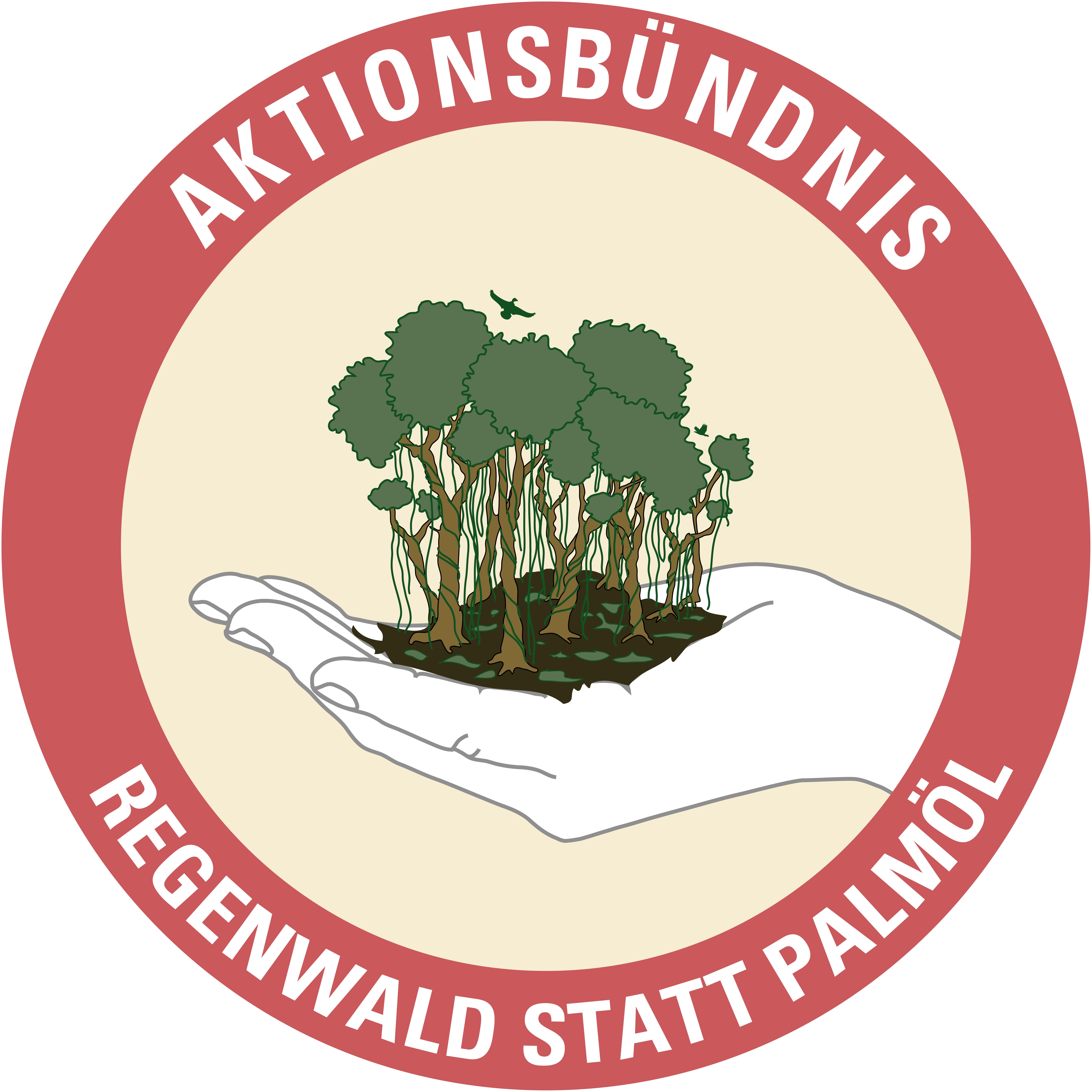
East Timor Faces up to its Past
July 2005
series missio Human Rights (ISSN1618-6222)
Monika Schlicher
The Work of the Commission for Reception,Truth and Reconciliation
I. Introduction
Sometimes I get so angry I could go crazy and what I want most of all would be to have all the perpetrators killed. And then, at other times, I think: but my husband is dead, nothing can bring him back, not even revenge.
Like this widow from Bobonaro, almost every family in East Timor had cause to grieve during the 24-year Indonesian occupation. Between 200,000 and 250,000 people – a third of the population – died as a result of the war, victims of hunger, epidemics and brutal persecution by Indonesian soldiers. Pro-Indonesian militia groups murdered some 1,500 people in 1999. Yet all this physical and mental suffering failed to crush the determination of the people of East Timor to achieve independence. Families were torn apart and loved ones lost or forced to take part in atrocities. Women and girls were often raped in front of their families or the village community. Many returned broken from the torture chambers; some disappeared for ever. Indonesia created a climate of fear and terror in East Timor. The security forces systematically applied the principle of divide and rule, thus splitting society. They used torture or the threat of it to press people into their service, persuading others to join them by holding out the promise of money and influence. Many volunteered to serve the new rulers. The human rights violations committed during the civil war in 1975 rank among the darkest chapters in East Timorese history. […]
read the complete report (PDF, 443 kB)







